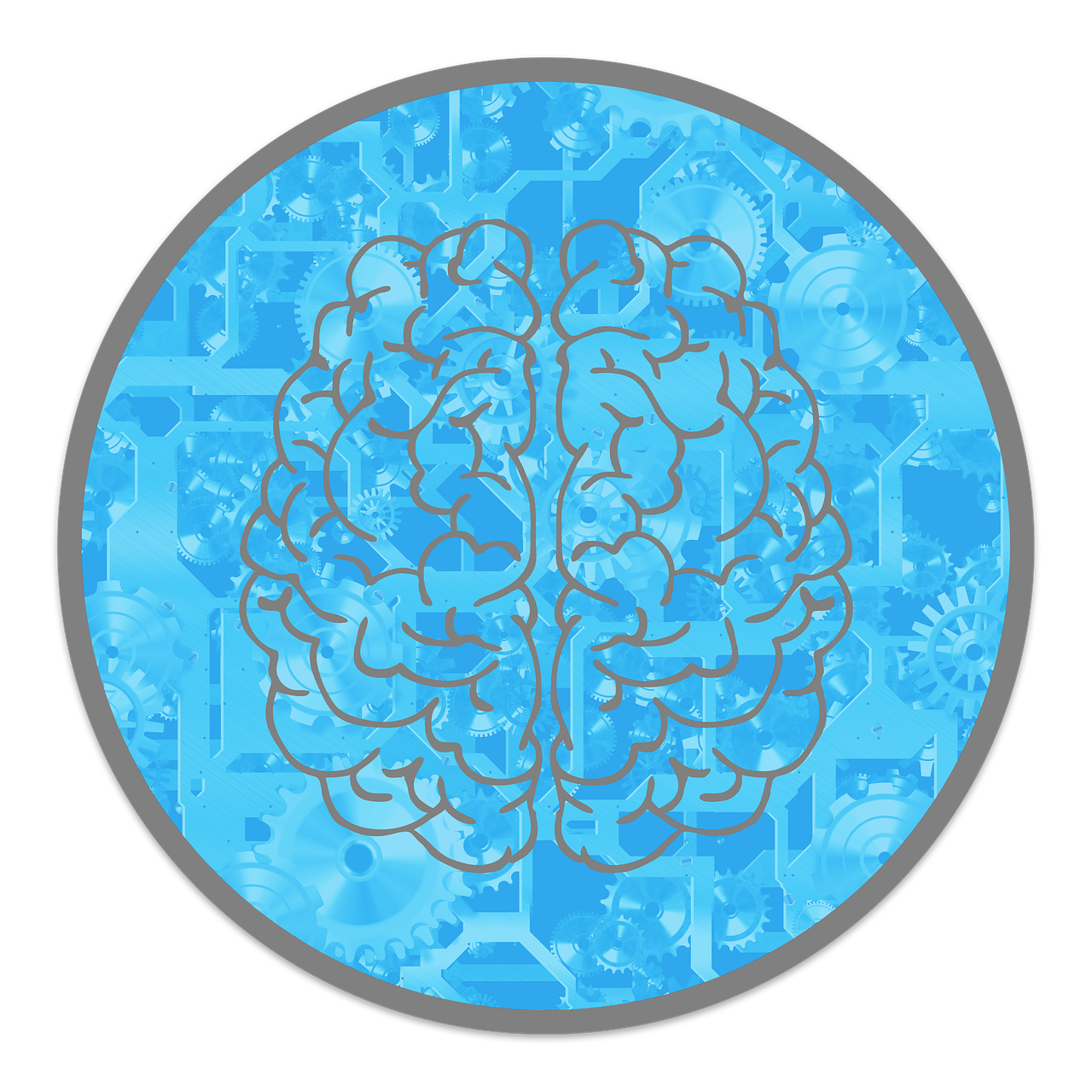
The human brain is an intricate organ, acting as the command center for our thoughts, emotions, and actions.
Its complexity has been a subject of fascination and study for centuries.
Advancements in neuroscience have begun to unravel the mysteries of this remarkable organ, offering insights into its structure and function.
In this article, we will explore the neuroscience behind brain complexity, delving into its fundamental components and their interconnected roles.
What is Brain Complexity?
Brain complexity refers to the highly intricate and organized structure of the brain, which allows it to perform a wide variety of functions.
This complexity comes from the way billions of neurons, their connections (called synapses), and different brain regions work together seamlessly.
These elements enable the brain to process information, control bodily functions, and support learning, memory, and decision-making.
Essentially, the brain’s complexity lies in its ability to integrate countless signals and tasks, making it one of the most sophisticated systems in the human body.

Neurons and Synapses
Neurons: The basic units of the brain
Neurons are the basic working units of the brain.
Think of them as tiny messengers that help the brain communicate.
An adult brain has about 86 billion neurons, each designed to send and receive information using electrical and chemical signals.
These cells play a key role in everything we do—they help us sense the world around us, think, make decisions, and control our movements.
The sheer number of neurons and their ability to form intricate networks is what makes the brain so powerful and capable.
Synapses: Connections between neurons
Synapses are the tiny gaps where neurons connect and “talk” to each other.
Each neuron can form thousands of these connections, creating trillions of synapses in the brain.
These connections allow neurons to pass electrical and chemical signals back and forth, enabling complex communication and information processing.
What makes synapses truly remarkable is their flexibility—they can strengthen or weaken over time, a process called synaptic plasticity.
This ability is essential for learning new things, forming memories, and adapting to new experiences.

Brain Regions and Their Roles
The brain is divided into distinct areas, each with its own specialized job.
Together, these regions work in harmony to keep us functioning and thriving.
The Cerebrum: The thinking part
The cerebrum is the largest part of the brain and is split into two halves, called hemispheres.
It’s the powerhouse behind our ability to think, reason, solve problems, and feel emotions.
The outer layer, called the cerebral cortex, is where perception, decision-making, and complex thoughts happen.
Essentially, the cerebrum is what makes us uniquely human, enabling us to plan, create, and interact with the world.
The Cerebellum: Balance and coordination
Sitting just below the cerebrum, the cerebellum is like the brain’s personal trainer.
It’s in charge of balance, posture, and coordinating our movements.
Whether you’re walking, playing sports, or even typing on a keyboard, the cerebellum ensures your actions are smooth and precise.
It also helps with motor learning, like mastering a new skill or improving your timing.
The Brainstem: Basic functions like breathing
The brainstem is the brain’s connection to the spinal cord and acts as a control center for essential bodily functions.
It keeps us alive by managing basics like breathing, heart rate, and blood pressure.
It also handles reflexes like swallowing and coughing, and even regulates our sleep cycles.
Without the brainstem, the body wouldn’t be able to perform the vital tasks needed for survival.

The Relationship Between Structure and Function
The way the brain is built directly determines how it works.
Neurons connect in specific patterns and networks, each designed to handle particular tasks.
For example, the visual cortex processes what we see, while the motor cortex helps plan and control our movements.
These specialized circuits ensure that every part of the brain has a clear role, allowing us to think, move, and interact with the world effectively.
When these structures are damaged—whether from injury, illness, or other causes—it can disrupt the brain’s ability to function properly.
This connection between structure and function shows just how important the brain’s precise organization is.
Every neural circuit plays a vital role, and even small changes can have a big impact on how we think, feel, and behave.
Networks and Communication
The concept of brain networks
The brain works through intricate networks where groups of neurons team up to carry out specific tasks.
These networks aren’t isolated—they connect and overlap, allowing the brain to process information in a coordinated way.
For example, the default mode network becomes active when we’re resting or daydreaming, helping us reflect on ourselves and our experiences.
On the other hand, the central executive network kicks in when we need to focus, solve problems, or make decisions.
These networks show how different parts of the brain work together to handle everything from quiet reflection to active thinking.
How electrical and chemical signals travel through these networks
Neurons communicate using electrical signals called action potentials.
When an electrical signal reaches the end of a neuron, it triggers the release of neurotransmitters—chemical messengers that cross the tiny gap (synapse) between neurons.
These chemicals then bind to receptors on the next neuron, passing the signal along.
This seamless combination of electrical and chemical communication allows information to travel quickly and efficiently across the brain.
The speed and precision of these signals are crucial for everything the brain does, from simple reflexes like pulling your hand away from something hot to complex tasks like learning, remembering, or solving a puzzle.
In short, the brain’s networks and their communication systems are what make it possible for us to think, feel, and act in such a dynamic and coordinated way.

Final Thoughts
Understanding the neuroscience behind brain complexity provides valuable insights into how we think, feel, and behave.
The intricate interplay between neurons, synapses, and brain regions underlies our ability to learn, adapt, and interact with the world.
Ongoing research continues to uncover the depths of this complexity, offering hope for addressing neurological disorders and enhancing cognitive health.


